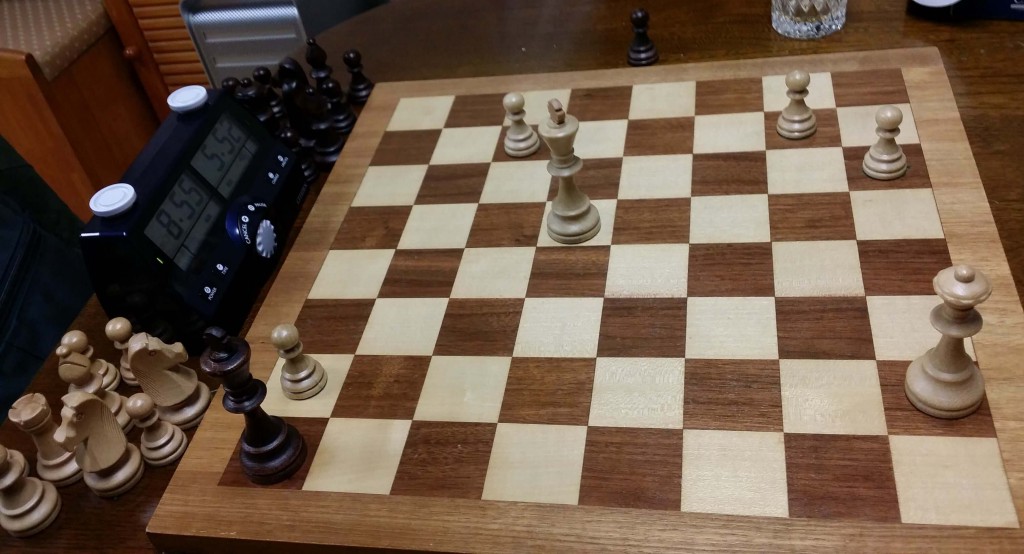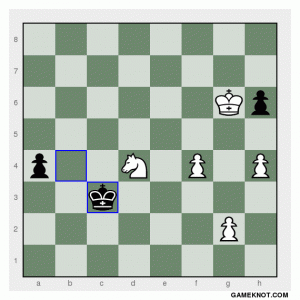
If you are playing Black, and White opens with “e4” (also known as the King’s Pawn Opening, or P-K4 in the old notation), one solid response that I prefer is to reply with “e6” – i.e. move your own King’s Pawn one space forward.
White’s second move is typically “d4” – i.e. moving the Queen’s pawn forward two spaces next to the King’s pawn. Black then plays “d5”, advancing his Queen’s pawn two spaces forward. Those are the opening moves of the French Defense (or French Defence in British English):
- e4 e6
- d4 d5

